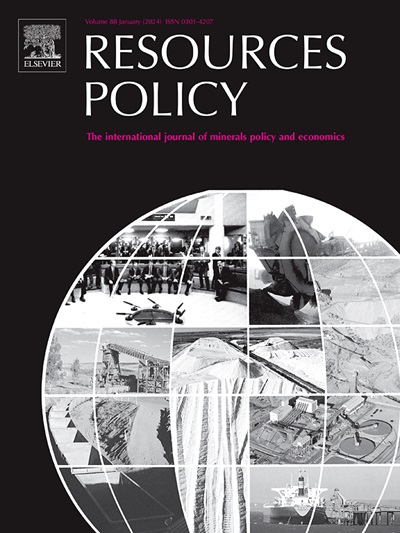Refining zoning of artificially-drained mine subsidence areas: Relative elevation models and hydrological hazard frameworks as decision support tools for spatial planning and mitigation of flood-related geohazards and risks regardless of prevailing water regimes
IF 10.2
2区 经济学
0 ENVIRONMENTAL STUDIES
引用次数: 0
Abstract
The extraction of minerals is the main reason for the permanent maintenance of forced flows of surface and ground waters in mining and post-mining areas. When natural water flows are restored the inundated areas most often may be many times larger than the hitherto existing ones. This requires rethinking of existing land use in artificially-drained mining areas by using tailor-made spatial planning policy to address future changes in water conditions. The main goal of this paper is to show that in such areas the current prevalent practice of classical hydrological modeling using only the base flood translates into inadequacies in spatial planning policies. To accurately model the hydrological hazard in such areas, water equal to or greater than the 500-year flood as well as other flood-related geohazards and risks must be taken into consideration. The current practice and omissions can now be precisely updated and satisfied by the author's site-specific decision support tools, namely (1) hydrological hazard frameworks based on (2) relative elevation models. This article is the first in a series describing the use of the author's tools in spatial planning policy. Regardless of the restoration of natural water flows, these tools conceptualize, simplify and optimize spatial planning and environmental policies for mitigation of flood-related geohazards and risks in artificially-drained mine subsidence areas and constitute the key research finding of this paper. Due to the massive extent of mining and post-mining areas around the world, these decision support tools for spatial planning policy are applicable globally and can bring tangible and far-reaching benefits to regional economies and local communities.
求助全文
约1分钟内获得全文
求助全文
来源期刊

Resources Policy
ENVIRONMENTAL STUDIES-
CiteScore
13.40
自引率
23.50%
发文量
602
审稿时长
69 days
期刊介绍:
Resources Policy is an international journal focused on the economics and policy aspects of mineral and fossil fuel extraction, production, and utilization. It targets individuals in academia, government, and industry. The journal seeks original research submissions analyzing public policy, economics, social science, geography, and finance in the fields of mining, non-fuel minerals, energy minerals, fossil fuels, and metals. Mineral economics topics covered include mineral market analysis, price analysis, project evaluation, mining and sustainable development, mineral resource rents, resource curse, mineral wealth and corruption, mineral taxation and regulation, strategic minerals and their supply, and the impact of mineral development on local communities and indigenous populations. The journal specifically excludes papers with agriculture, forestry, or fisheries as their primary focus.
 求助内容:
求助内容: 应助结果提醒方式:
应助结果提醒方式:


